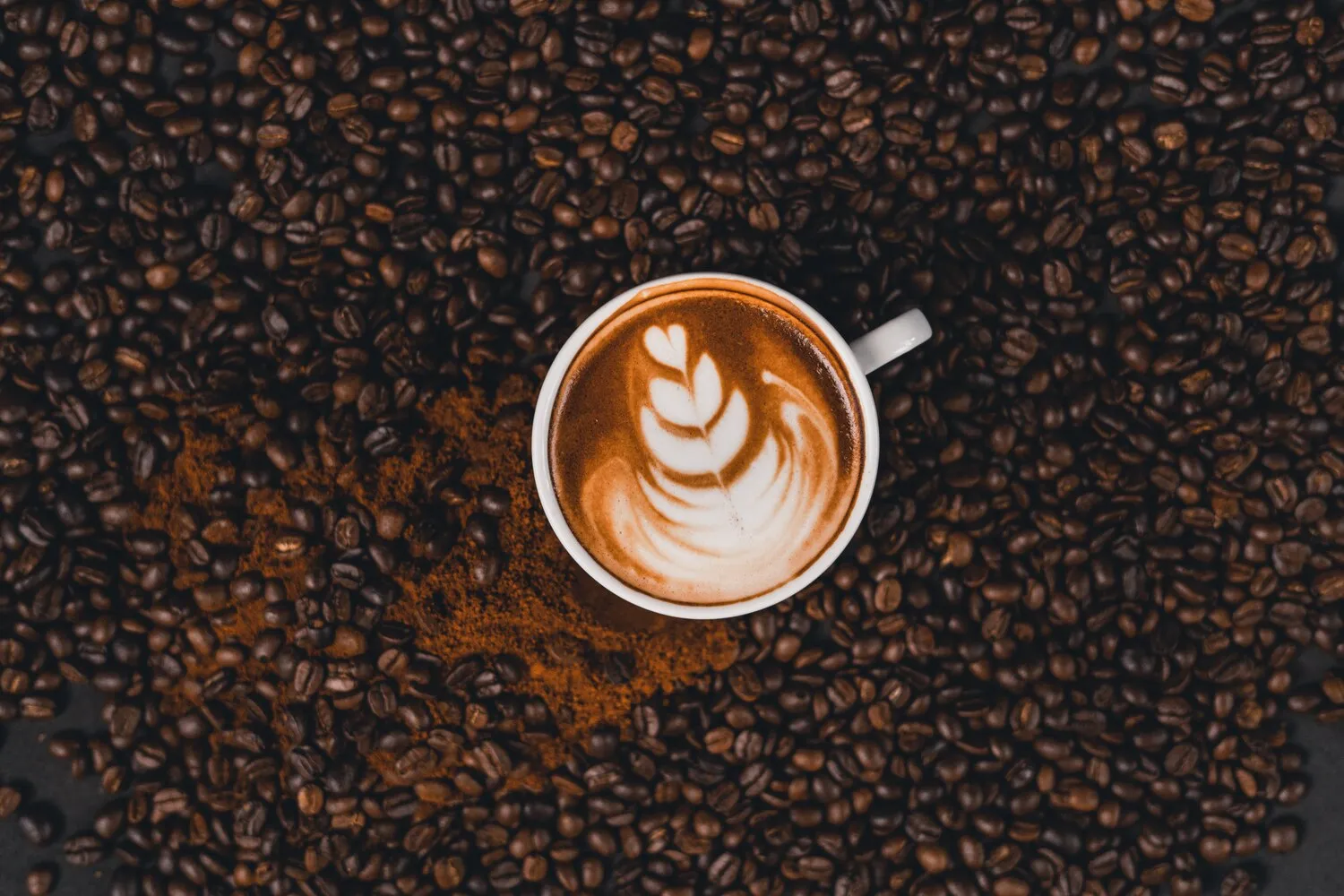
Beers
Wide selection of beers from different brewery
Nutrition Facts
* The % Daily Value (DV) tells you how much a nutrient in a serving of food contributes to a daily diet. 2,000 calories a day is used for general nutrition advice.
Beer has a rich and ancient history, dating back thousands of years to civilizations in Mesopotamia and Egypt. Different brewing techniques and styles evolved independently across various cultures, resulting in a wide array of beer types and brewing traditions. The modern craft beer movement, which emphasizes diverse flavors and innovative brewing, has further expanded the landscape of available beers.
Beer plays a significant role in many cultures, often associated with social gatherings, celebrations, and regional identities. Craft beer culture fosters exploration, education, and appreciation for different beer styles and brewing techniques.
Social Gatherings
Sharing a selection of beers is often a central part of social events, creating opportunities for conversation and shared experiences.
Food Pairing
Different beer styles complement various foods, enhancing the overall dining experience. Matching beer to food is a popular way to appreciate the complexities of both.
Craft Beer Tourism
Many regions are known for their breweries and beer festivals, attracting tourists interested in experiencing local brewing traditions and unique beer styles.
The flavors of a wide selection of beers are incredibly diverse, ranging from malty sweetness to hoppy bitterness, with fruity, spicy, and earthy notes also commonly present.
Flavors depend entirely on the specific beers included in the selection. Malt-forward beers might exhibit caramel, toffee, bread, or chocolate flavors. Hop-forward beers can showcase citrus, pine, floral, or tropical fruit characteristics. Yeast strains contribute fruity esters (banana, clove), while fermentation and aging processes can introduce further complexity, such as sourness, funkiness, or oaky notes. The overall flavor profile is determined by the balance of these elements.
Tasting Order
Start with lighter, less intense beers and progress to more complex or higher-alcohol options. This allows you to appreciate the nuances of each beer without being overwhelmed by strong flavors early on.
Serving Temperature
Different beer styles are best enjoyed at specific temperatures. Lighter beers are typically served colder than heavier, darker beers. Check recommended serving temperatures for optimal flavor.
Glassware
Using appropriate glassware can enhance the aroma and presentation of beer. Different glass shapes are designed to highlight specific characteristics of different beer styles.
Palate Cleanser
Between beers, use a palate cleanser like water or plain crackers to refresh your taste buds and avoid flavor carryover.
Explore additional Drinks dishes and restaurants
Explore DrinksDiscover top dining spots and culinary experiences in Tilburg.
Explore TilburgLearn more about the food culture, restaurant scene, and culinary heritage of Netherlands.
Explore Netherlands